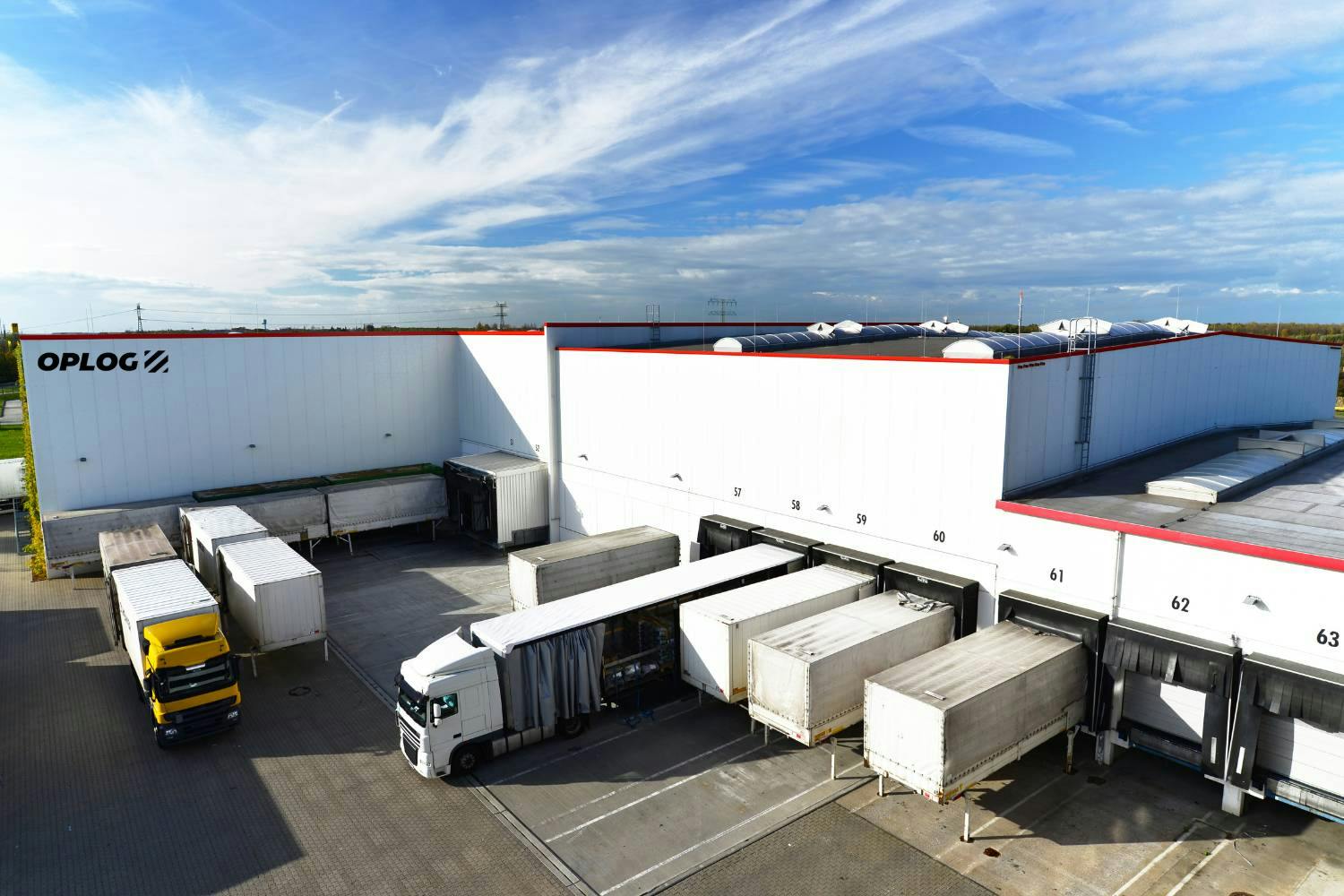Your success in the online business world heavily relies on eCommerce shipping. Understanding its core principles and optimizing tactics for customer satisfaction is crucial. eCommerce shipping involves transporting items you purchase online from the seller to your designated address, encompassing all logistical operations necessary for order fulfillment.
Defining eCommerce Shipping
eCommerce shipping is the process of delivering products purchased online from your business to your customers' doorsteps. It involves managing logistics, choosing shipping carriers, and ensuring timely delivery. Efficient eCommerce shipping is crucial for customer satisfaction and can significantly impact your business's reputation and growth.
The Basics of eCommerce Shipping
eCommerce shipping ensures that items you sell reach your customers quickly and securely. Key components include:
- Packaging: Goods are securely wrapped to withstand transportation stresses and maintain their integrity, reducing the risk of damage.
- Choosing a Shipping Carrier: Selecting a suitable shipping carrier involves considering factors such as speed, reliability, coverage, and cost-effectiveness to meet your demands and expectations.
- Timely Delivery: Meeting service level agreements (SLAs) with carriers ensures consistent delivery times and provides you with tracking information for transparency.
How eCommerce Shipping Differs from Traditional Shipping
eCommerce shipping differs from traditional bulk business-to-business methods by focusing directly on your needs. It prioritizes delivering goods directly to your customers, fostering relationships, and bypassing intermediaries. Unlike traditional shipping, which adheres to rigid schedules, eCommerce logistics prioritize flexibility and scalability to adapt to your location and order volumes, integrating technology for enhanced satisfaction and operational efficiency.
The eCommerce Shipping Process
Efficiently managing the eCommerce shipping process requires seamless coordination between customer service and logistics to ensure flawless delivery experiences. From order placement to delivery, it involves verifying details, picking and securely packaging products, generating shipping labels, and managing logistics for timely delivery to your doorstep.
From Order Placement to Delivery
Here’s a step-by-step breakdown of the eCommerce shipping process:
- Order Placement: When a customer places an order online, the eCommerce shipping process begins.
- Order Processing: It's crucial to verify details and confirm product availability to ensure accurate eCommerce fulfillment.
- Picking and Packing: Carefully pick and securely pack products to maintain their condition during transit.
- Shipping Labels: Generate shipping labels with essential details before handing packages over to your selected carriers.
- Carrier Logistics: Your carriers manage logistics from sorting hubs to local distribution centers, ensuring timely delivery to your customer's doorstep.
Key Players in eCommerce Shipping
Effective eCommerce shipping relies on collaboration among essential stakeholders: online retailers managing platforms and customer support, fulfillment centers providing storage and order processing, shipping carriers transporting goods, technology providers offering automation tools, and you, influencing shipping preferences and driving innovation.
eCommerce Shipping Solutions
Various shipping services cater to your diverse requirements and preferences in eCommerce, including standard delivery for cost-conscious customers, expedited shipping for urgent orders, and specialty services like white glove delivery and international shipping.
Types of Shipping Services Available
Consider your specific shipping needs when choosing from available services.
Standard delivery offers an economical choice with moderate delivery times, making it suitable for cost-conscious customers. Expedited shipping guarantees faster delivery within 1-3 business days, ideal for urgent orders. Specialty services cater to unique needs, including options like white glove delivery for delicate items, same-day or next-day services for immediate requirements, and international shipping for global reach.
Choosing the Right Shipping Carrier
Selecting a reliable shipping carrier involves comparing rates, negotiating discounts, and ensuring on-time delivery reliability based on your feedback. Check coverage and explore value-added services such as tracking and insurance to enhance satisfaction and operational efficiency.
Shipping Costs and Pricing Strategies
Efficient shipping impacts your satisfaction and operational efficiency in eCommerce. Factors affecting costs include package dimensions, shipping distance, speed preferences, optional services, and seasonal demand fluctuations. Pricing strategies like free shipping, flat rates, and real-time rates align with your preferences and improve overall experience.
Factors Affecting eCommerce Shipping Costs
Several variables influence shipping costs that businesses should understand. Package dimensions and weight directly impact expenses, with larger or heavier packages incurring higher fees. Shipping distance is another critical factor, with remote or international deliveries typically costing more.
Choosing expedited shipping options adds to costs due to premium charges for faster delivery. Optional services such as tracking and insurance enhance shipment security but contribute to overall expenses. Additionally, managing costs during peak seasons requires strategic planning to mitigate potential increases.
Popular Pricing Models
eCommerce companies employ various pricing strategies to enhance customer satisfaction.
- Free Shipping: Free shipping integrates shipping costs into product prices to encourage higher order values.
- Flat-rate Pricing: Flat-rate pricing provides a consistent shipping cost regardless of purchase size or destination, simplifying budgeting for customers.
- Real-time Rates: Real-time rates adjust shipping charges based on carrier rates, product specifics, destination, and preferred delivery speed, offering flexibility and transparency in pricing.
Optimizing Your eCommerce Shipping
Efficient shipping methods are crucial for improving your customer satisfaction and operational efficiency in eCommerce. Enhance shipping speed through strategic logistics measures, manage costs effectively with negotiations and packaging optimizations, and leverage technology for automation and real-time updates to streamline operations.
Improving Shipping Speed and Efficiency
To enhance operational efficiency, businesses can implement strategic logistics measures.
Positioning eCommerce fulfillment centers near major customer hubs reduces transportation costs and delivery times, improving overall service. Effective inventory management ensures popular products are consistently available, minimizing fulfillment delays.
Automating order processing reduces errors and accelerates shipment preparation, meeting customer expectations for prompt deliveries. Offering express shipping options further enhances service speed and reliability.
Reducing Shipping Costs
Managing shipping expenses effectively is crucial for profitability. Negotiating favorable shipping rates based on shipping volume, frequency, and service requirements can significantly reduce costs. Optimizing packaging minimizes dimensional weight charges while maintaining product safety during transit.
Implementing multi-carrier solutions tailored to each order optimizes transportation efficiency. Route optimization software further reduces fuel consumption and travel distances, contributing to cost savings and operational efficiency.
International eCommerce Shipping
Entering foreign markets offers unique opportunities and challenges. Overcome cross-border logistics challenges such as customs regulations, duties, taxes, and shipping regulations with transparent pricing and efficient management practices.
Challenges of Cross-Border Shipping
Navigating cross-border logistics involves addressing specific challenges such as customs regulations, duties, taxes, and shipping regulations.
Customs, Duties, and Taxes
Navigating international eCommerce transactions requires clarity regarding customs, duties, and taxes. Import duties imposed by the importing country are based on the goods' classification, declared value, and origin. Destination countries may levy taxes such as VAT or GST, depending on local regulations.
Transparent pricing that includes projected taxes and customs duties upfront helps businesses and customers anticipate and manage additional costs effectively.
eCommerce Shipping and Customer Experience
Your eCommerce experience hinges on flawless delivery and order fulfillment. Meet expectations by offering real-time tracking, diverse delivery options, and proactive resolution of shipping issues and returns, ensuring trust and loyalty.
Meeting Customer Expectations
Achieving customer satisfaction in eCommerce relies on meeting expectations throughout the shipping process. Providing real-time tracking capabilities enhances visibility and customer confidence in order status, minimizing concerns about delivery.
Offering diverse delivery options caters to varied customer preferences, enhancing convenience and satisfaction. Proactively addressing shipping issues such as delays, damages, or discrepancies reinforces trust and loyalty.
Handling Returns and Exchanges
Efficient management of returns and exchanges is crucial for maintaining customer trust. Clear communication of policies ensures customers understand processes and manage expectations effectively. Simplifying returns with prepaid labels and multiple return channels facilitates hassle-free customer experiences, promoting satisfaction and repeat business.
Technology in eCommerce Shipping
Maximize eCommerce shipping processes with innovative technologies. Shipping software integrates seamlessly with eCommerce systems for order fulfillment and inventory management, while real-time tracking enhances visibility and customer satisfaction through automated notifications and consistent updates across carriers.
Shipping Software and Integrations
Integrating shipping software seamlessly into eCommerce systems enhances operational efficiency.
Automated order fulfillment processes, from receipt to label generation, streamline operations and reduce manual errors. Effective inventory management across multiple sales channels ensures accurate stock levels and improves order fulfillment reliability.
Tracking and Real-Time Updates
Ensuring transparency and customer satisfaction with real-time tracking features is essential. Automated notifications provide timely updates on delivery attempts, status changes, or delays, keeping customers informed and managing their expectations effectively. Streamlining customer support operations with detailed tracking information reduces inquiries, allowing teams to focus on personalized assistance and resolving complex issues.
Integration with major carriers ensures consistent tracking updates across multiple providers, simplifying shipment management and enhancing overall service reliability.
eCommerce Shipping FAQs






